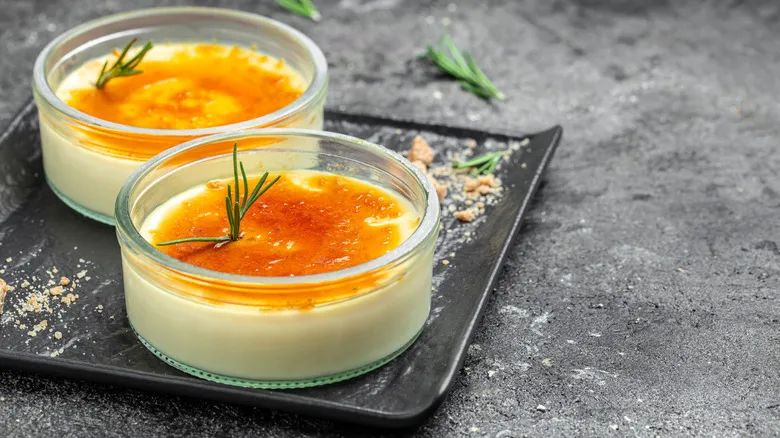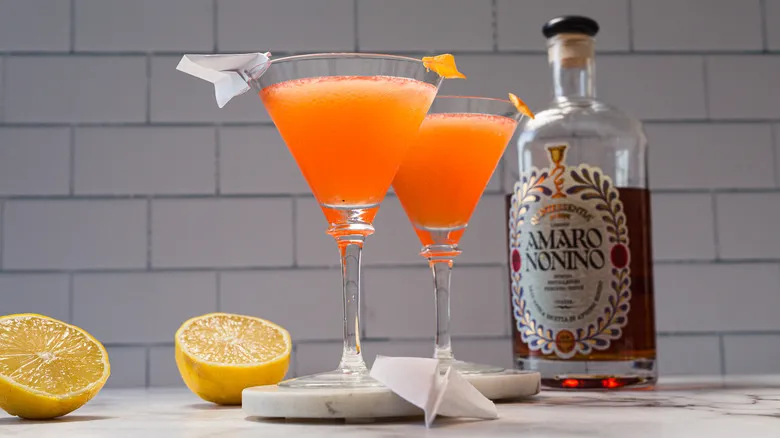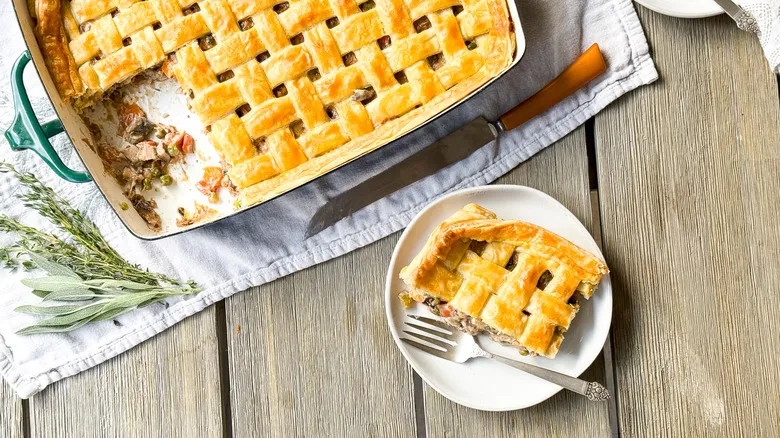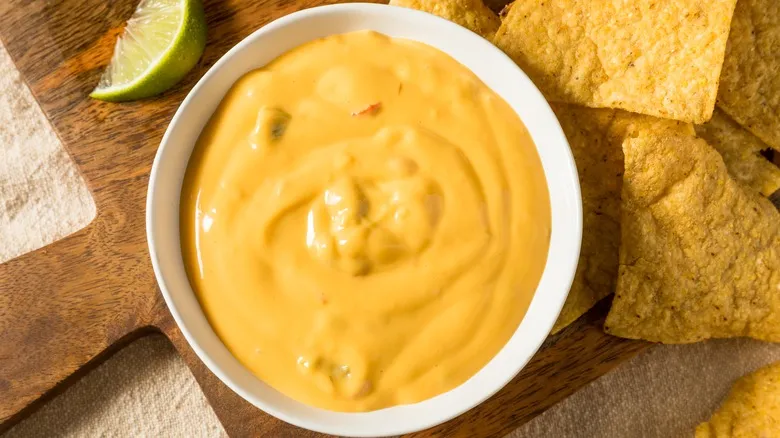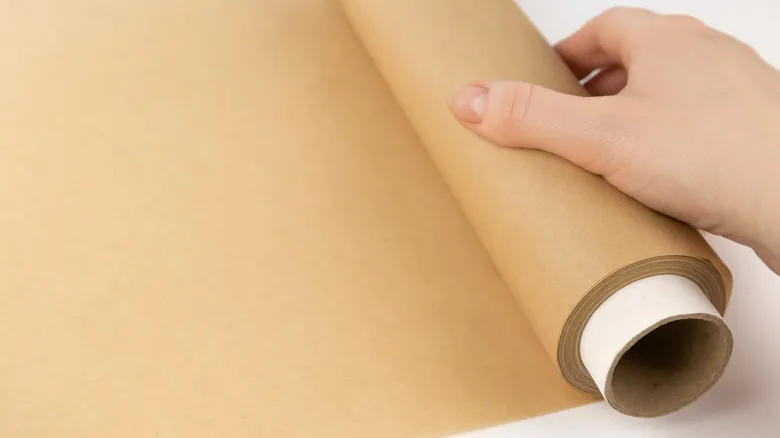Why Sauternes and Crème Brûlée are a great match
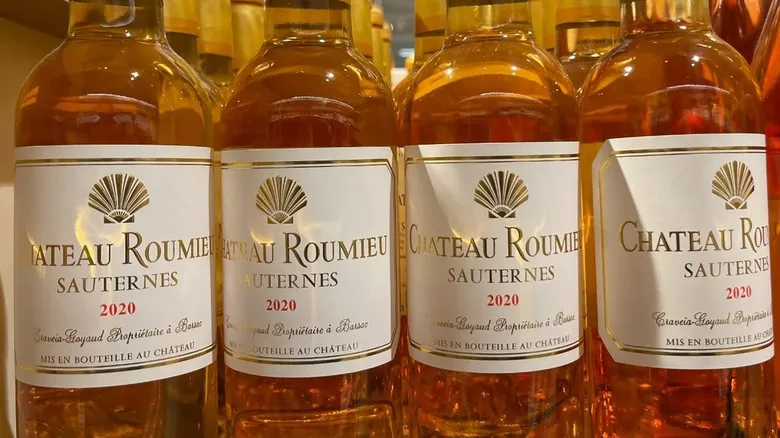
Over the years, Bordeaux has become renowned for its medium to full-bodied red wines, including Merlot, Cabernet Sauvignon, and Cabernet Franc, all celebrated for their remarkable aging capabilities. However, what many may not realize is that the region also boasts some outstanding sweet white wines, particularly in its southeastern area. One such wine, Sauternes—named after its production locale—is intensely sweet, delivering an immediate burst of sugar upon contact with the palate. This is hardly surprising, considering it can contain up to 220 g/L of residual sugar.
This exquisite blend of Sauvignon Blanc, Muscadelle, and Sémillon grapes, with a minimum alcohol content of 13%, pairs wonderfully with crème brûlée. With flavor notes reminiscent of peaches, apricots, and even a touch of tropical fruit, its sweetness complements the dessert's rich, creamy texture perfectly. Additionally, the wine's honey-like nuances enhance the caramelized sugar layer of the crème brûlée, making for an exceptional pairing.
Tawny port's rich caramel notes enhance crème brûlée's topping
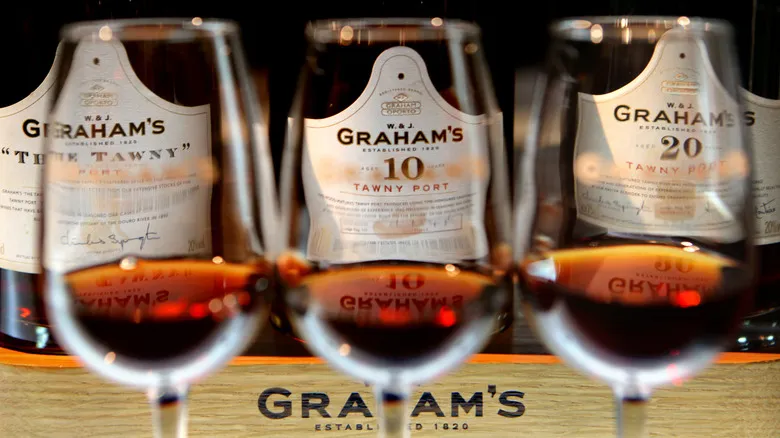
Rich and robust, Tawny Port is a fortified wine primarily crafted from a blend of Tinta Roriz, Tinta Barroca, and Tinto Cão grapes. These grapes thrive in Portugal's picturesque Douro River Valley, where steep terraced vineyards adorn both banks of the river. The combination of these distinctive varieties results in Tawny Port being one of the sweetest wines available, with a single 5-ounce glass containing as much as 8 grams of sugar. Its impressive alcohol content stands at 19.5%.
Tawny Port presents an enchanting array of aromas and flavors, including dried figs, chocolate, brown sugar, and hints of caramel. In fact, the caramel notes make a smaller 3.5-ounce serving an ideal match for crème brûlée. The wine's mahogany hue, intricate nutty flavors, and deep amber color—developed through aging in oak barrels for up to 40 years—create a pairing that is truly sublime.
What about Muscat de Beaumes-de-Venise?

Muscat de Beaumes-de-Venise is a remarkable fortified wine hailing from the Rhône Valley, one of France's premier wine regions celebrated for its exceptional Syrah, Viognier, and Grenache varietals. Named after the enchanting village where it is crafted, this wine is produced solely from Muscat Blanc à Petits Grains, a versatile grape known for its ability to create dry, naturally sweet, and even sparkling wines.
However, Muscat de Beaumes-de-Venise stands out on its own. With its elegant and fruity profile, it can range in color from golden yellow to amber or copper, especially when its red-skinned mutation is utilized during fermentation. This wine boasts a minimum of 100 g/L of residual sugar and at least 15% alcohol content.
So, how does it complement crème brûlée? Perfectly. Its lively notes of citrus, lychee, and mango, enhanced by honeyed nuances, a rich peachiness, and a touch of spice, elevate your crème brûlée experience to new heights. Simply chill it in the refrigerator and pour yourself a glass when it reaches 48 degrees Fahrenheit.
Let's not forget about late harvest Riesling!
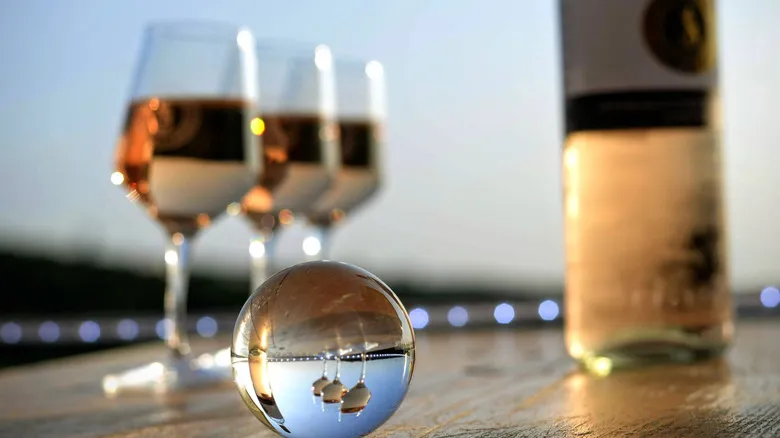
Riesling is a highly aromatic grape variety that hails from Germany's Rhine Valley, one of the nation's premier wine-producing areas. Whether enjoyed solo or blended with other wines, Riesling is known for its high acidity and vibrant flavor profile, featuring notes that range from floral and citrus to subtle hints of ginger.
In contrast, late harvest Riesling presents a different experience, as the grapes are left on the vine for up to two months after reaching full ripeness. This extended hang time results in wines with elevated alcohol levels and significant sweetness.
The wine's flavors of ripe pears, apricots, and wildflower honey beautifully complement the creaminess of crème brûlée, while the grape variety's naturally high acidity provides a perfect counterbalance to the dessert's sweetness. For the best experience, chill your bottle to a refreshing 48 degrees Fahrenheit and pour about 2.5–3 oz. into a small dessert wine glass.
Recommended

Bobby Flay's Go-To Wine To Sip In The Cooler Months Is A Rich Red

The Beer Trend We Should've Ignored According To Anthony Bourdain
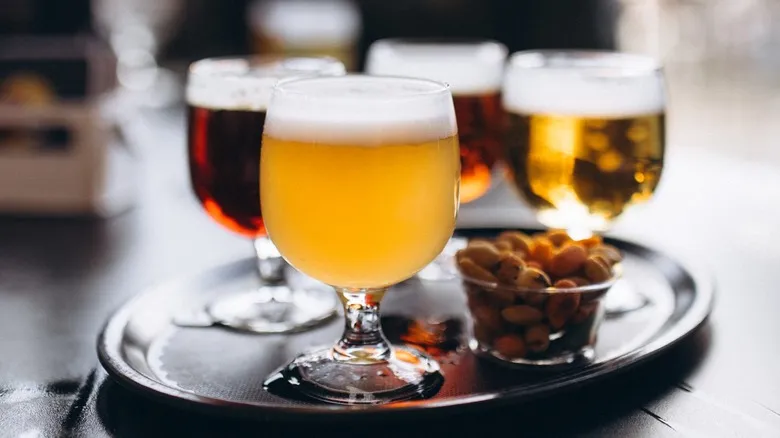
The Beers With The Highest ABVs In The World Come With Warning Labels

One Of The Strongest Ales Around Is Sometimes Mistaken For Wine
Next up

